A museum shaped by modernity
Iron arches, monumental clocks and curated rooms show evolution from Realism to Impressionism, Symbolism and Art Nouveau.
Table of Contents
Origins & station architecture
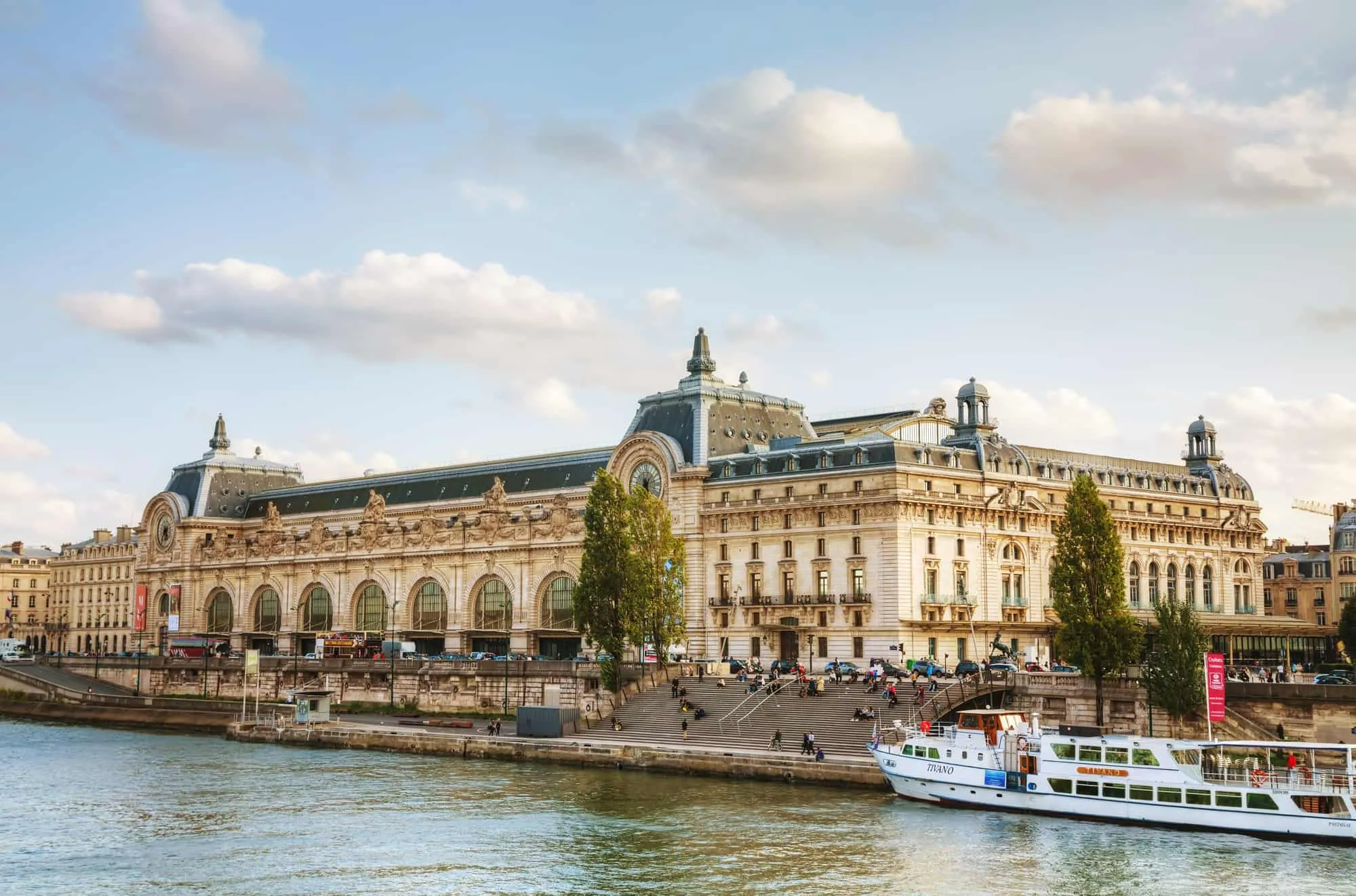
Built for the 1900 Exposition Universelle: modern electric rail and elegant Beaux‑Arts design on the Seine.
Iron spans, glass roof and monumental clocks united utility and ornament—the base for later adaptive reuse.
Conversion debates & museum birth

As rail use declined, proposals ranged from hotel to archives before consensus for a museum filling a chronological gap.
Opened 1986: a home for art 1848–1914 bridging Louvre and Centre Pompidou periods.
Gallery layout & natural light
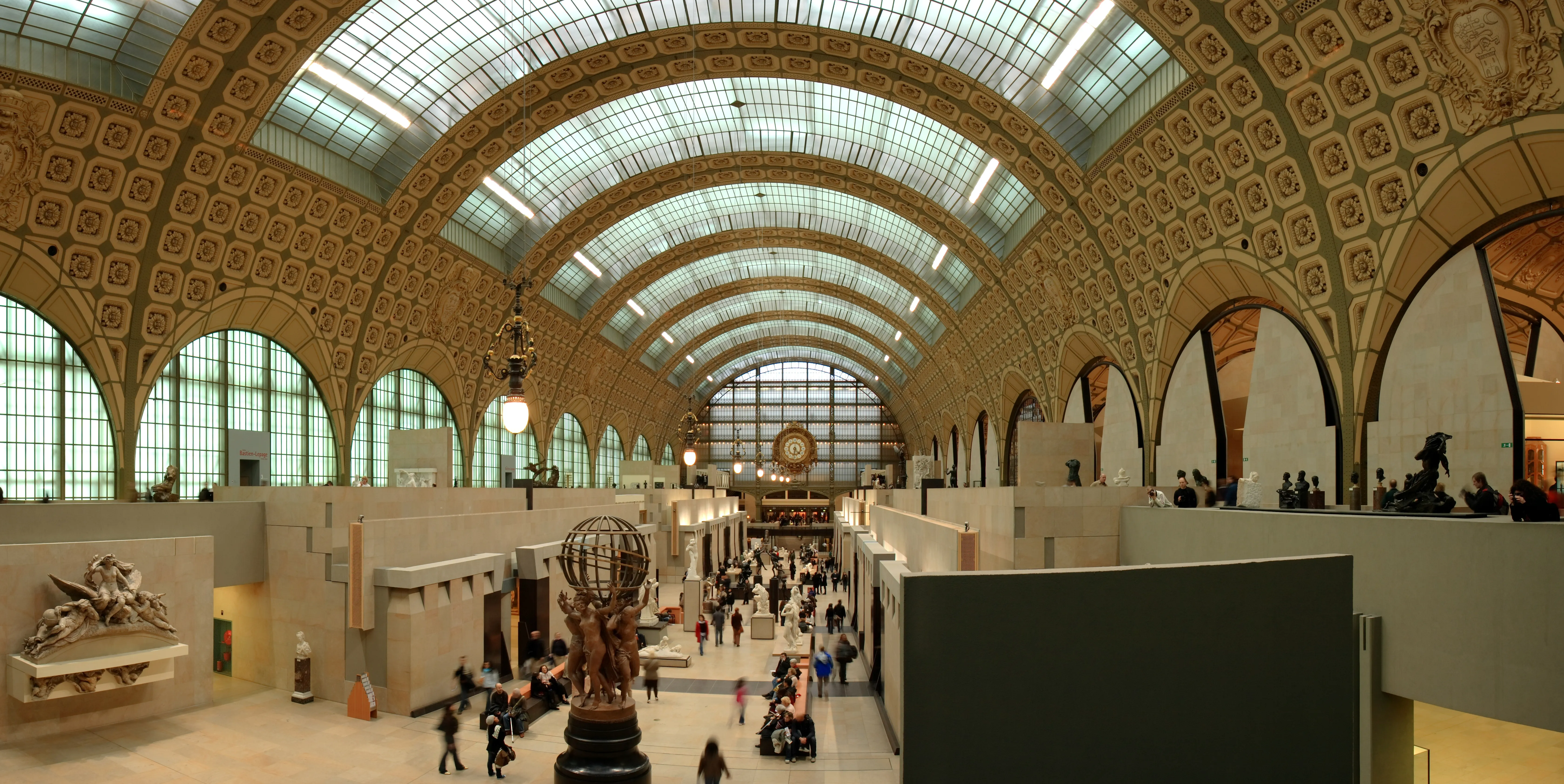
The nave channels diffuse light; upper levels hold Impressionist glow; side rooms host thematic and monographic focuses.
Clock windows and roof panels soften viewing conditions—nuanced colour perception and slow looking.
Realism, Impressionism & Post‑Impressionism

Courbet’s material honesty and Manet’s provocation open to Monet’s atmospheres and Degas’s studies of movement.
Van Gogh, Gauguin, Cézanne, Seurat push form, colour and pointillist science toward modern abstraction and emotional resonance.
Symbolism, decorative arts & Art Nouveau

Furniture, glass and graphic arts: organic curves, floral motifs, holistic interior philosophy.
Symbolist painting explores dream, myth and inner states—a counterpoint to Impressionist observational spontaneity.
Sculpture, technique & conservation
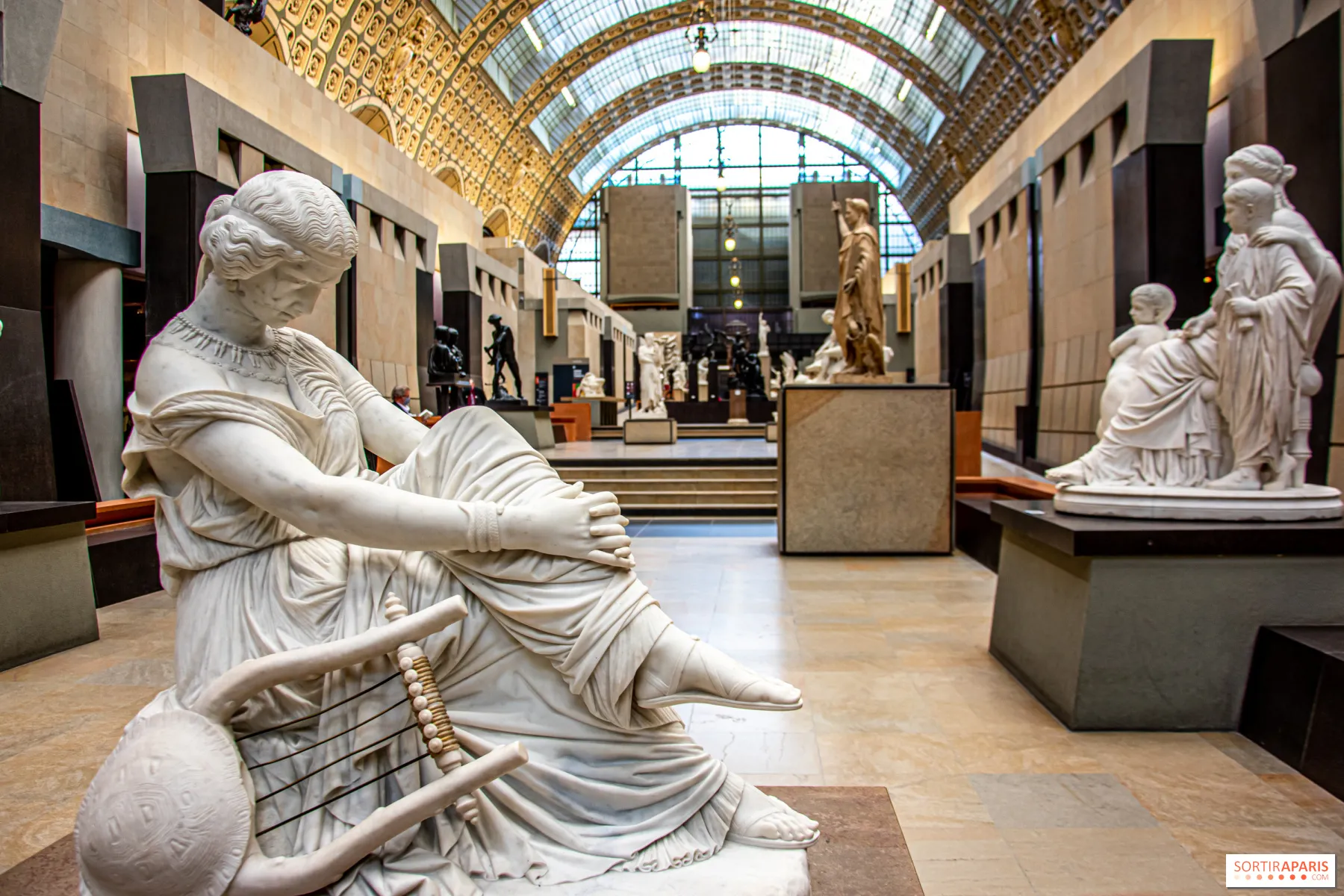
Rodin’s expressive surfaces, bronze patinas, marble translucence and plaster studies illustrate iterative creation.
Conservation monitors humidity, light and pigment stability—rotation balancing access & preservation.
Visitor flow & comfort strategies
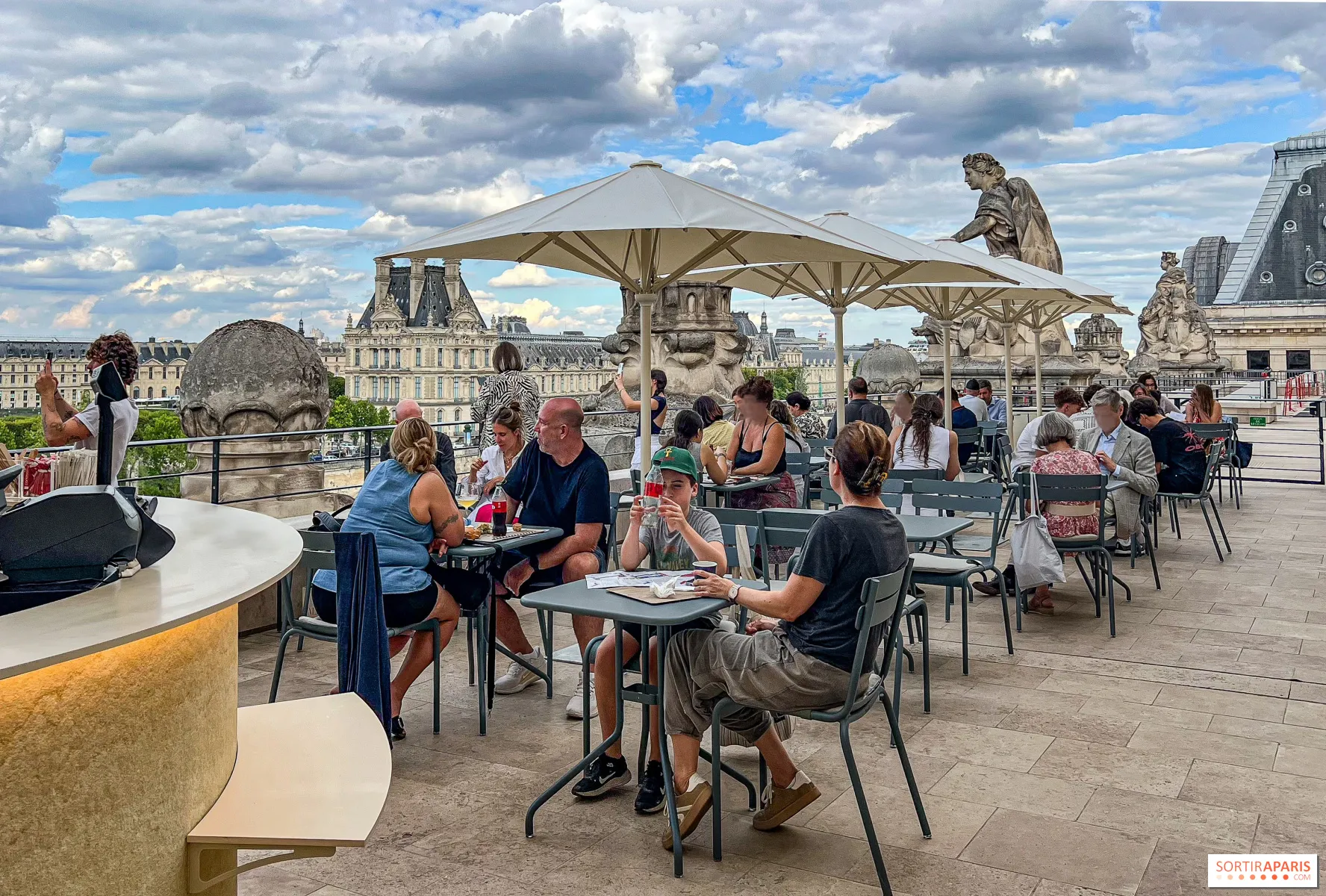
Clear sightlines encourage gentle circulation—benches & transition zones offer sensory pauses.
Plan micro‑rests after dense visual clusters to sustain attention.
Preservation, rotation & sustainability
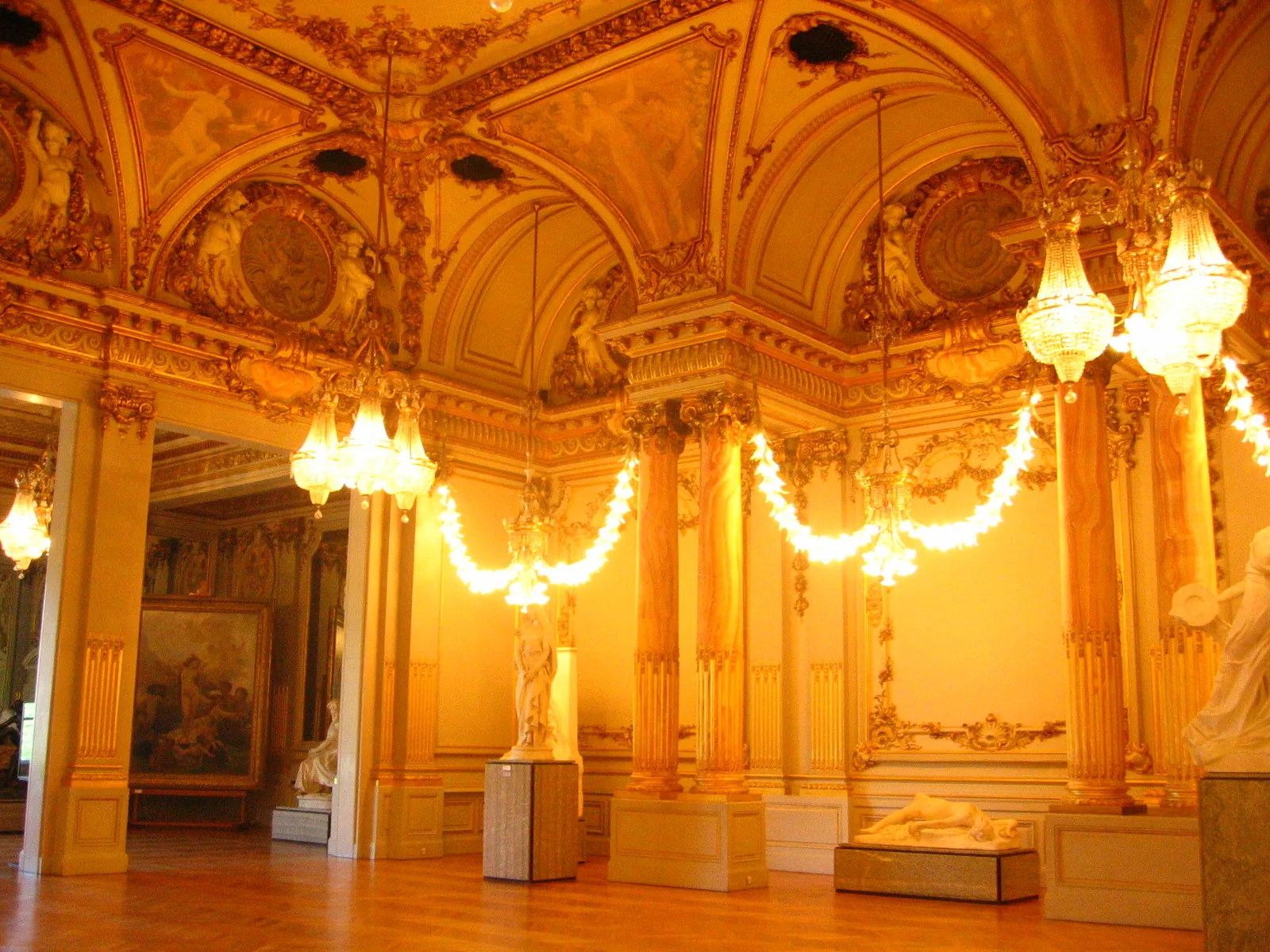
Rotations reduce light fatigue on fragile works; LED calibration & environmental tracking guide sustainable display.
Restoration labs study varnish aging & canvas tension informing global best practice.
Global image & cultural impact

Clock vistas and signature Impressionist canvases populate global media—reinforcing Orsay identity.
Film, photography & digital guides amplify accessibility and narrative reach.
Plan a thematic route

Begin with early Realism, ascend to Impressionist breakthroughs, traverse Post‑Impressionist transitions, finish in decorative arts for holistic context.
Adapt for focus: colour innovation, portrait evolution or material experimentation.
Paris urban context & artistic networks

Left Bank cafés, river trade and academic salons shaped exchange and patronage ecosystems.
Rail connectivity and World Fair prestige accelerated circulation of ideas & visitors.
Nearby complementary museums

Musée de l'Orangerie (Monet’s large Water Lilies), Louvre, Rodin Museum and Musée du Quai Branly enrich chronological / thematic threads.
Combine Orsay + Orangerie for concentrated Impressionist / early modern atmosphere balancing scale & intimacy.
Enduring legacy of Orsay

Orsay exemplifies adaptive reuse—industrial heritage framing pivotal artistic transitions toward modern sensibility.
Ongoing scholarship refines appreciation of technique, context & conservation narratives shaping future display.
Table of Contents
Origins & station architecture

Built for the 1900 Exposition Universelle: modern electric rail and elegant Beaux‑Arts design on the Seine.
Iron spans, glass roof and monumental clocks united utility and ornament—the base for later adaptive reuse.
Conversion debates & museum birth

As rail use declined, proposals ranged from hotel to archives before consensus for a museum filling a chronological gap.
Opened 1986: a home for art 1848–1914 bridging Louvre and Centre Pompidou periods.
Gallery layout & natural light

The nave channels diffuse light; upper levels hold Impressionist glow; side rooms host thematic and monographic focuses.
Clock windows and roof panels soften viewing conditions—nuanced colour perception and slow looking.
Realism, Impressionism & Post‑Impressionism

Courbet’s material honesty and Manet’s provocation open to Monet’s atmospheres and Degas’s studies of movement.
Van Gogh, Gauguin, Cézanne, Seurat push form, colour and pointillist science toward modern abstraction and emotional resonance.
Symbolism, decorative arts & Art Nouveau

Furniture, glass and graphic arts: organic curves, floral motifs, holistic interior philosophy.
Symbolist painting explores dream, myth and inner states—a counterpoint to Impressionist observational spontaneity.
Sculpture, technique & conservation

Rodin’s expressive surfaces, bronze patinas, marble translucence and plaster studies illustrate iterative creation.
Conservation monitors humidity, light and pigment stability—rotation balancing access & preservation.
Visitor flow & comfort strategies

Clear sightlines encourage gentle circulation—benches & transition zones offer sensory pauses.
Plan micro‑rests after dense visual clusters to sustain attention.
Preservation, rotation & sustainability

Rotations reduce light fatigue on fragile works; LED calibration & environmental tracking guide sustainable display.
Restoration labs study varnish aging & canvas tension informing global best practice.
Global image & cultural impact

Clock vistas and signature Impressionist canvases populate global media—reinforcing Orsay identity.
Film, photography & digital guides amplify accessibility and narrative reach.
Plan a thematic route

Begin with early Realism, ascend to Impressionist breakthroughs, traverse Post‑Impressionist transitions, finish in decorative arts for holistic context.
Adapt for focus: colour innovation, portrait evolution or material experimentation.
Paris urban context & artistic networks

Left Bank cafés, river trade and academic salons shaped exchange and patronage ecosystems.
Rail connectivity and World Fair prestige accelerated circulation of ideas & visitors.
Nearby complementary museums

Musée de l'Orangerie (Monet’s large Water Lilies), Louvre, Rodin Museum and Musée du Quai Branly enrich chronological / thematic threads.
Combine Orsay + Orangerie for concentrated Impressionist / early modern atmosphere balancing scale & intimacy.
Enduring legacy of Orsay

Orsay exemplifies adaptive reuse—industrial heritage framing pivotal artistic transitions toward modern sensibility.
Ongoing scholarship refines appreciation of technique, context & conservation narratives shaping future display.